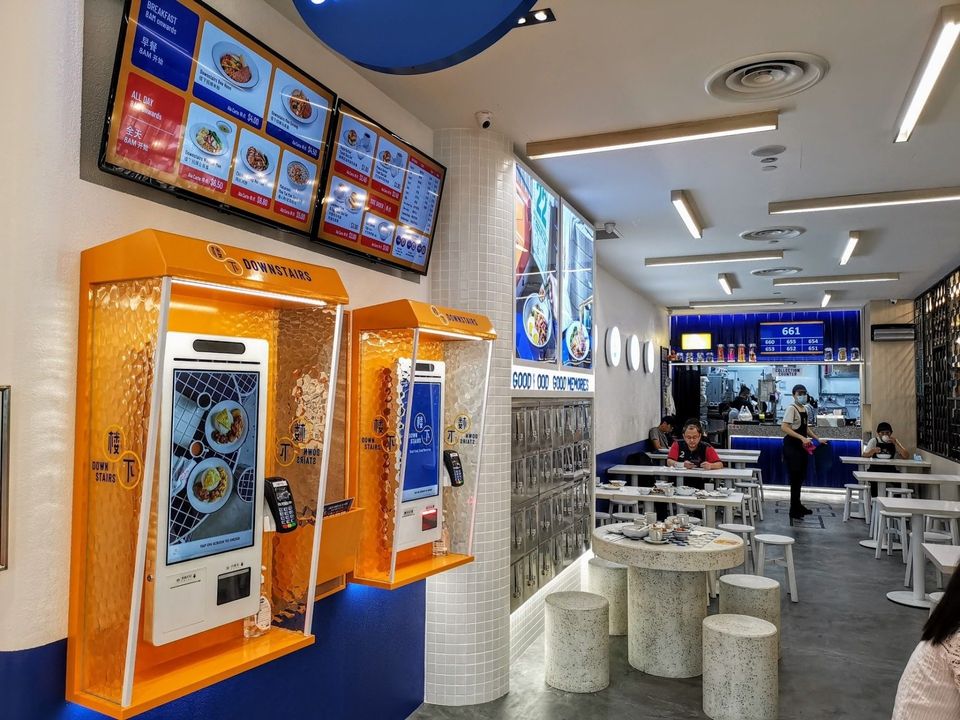
Self ordering kiosks are a massive hit for F&B businesses. Self ordering kiosk has enabled F&B businesses to make significant savings on labour costs, by helping F&B business owners like yourself, break away from the cycle of hiring more to cater to more customers, making F&B business more scalable.
Apart from saving on labour, which is well known, another main benefit of the self ordering kiosk is helping F&B businesses to sell more through digitalising the ordering process. Here’s how:
Effective promotion banner on homes screen
When running a promotion in your F&B outlet, it is common practice to print posters to advertise your latest promotions and new dishes. With self ordering kiosks, you can save time and money on printing and instead, display your promotion banner digitally, on its home screen.
By doing so, you capture your customers’ attention before they start making their orders, which significantly increases the effectiveness of your promotions.
Improve menu attractiveness
Ever been in the situation where you go to an F&B outlet, browse through a physical traditional menu, and order the same old dish or drink over and over again because you don’t know what the other dishes are? Even when detailed descriptions of the “other” dishes are provided, you might still be reluctant to order one, having no idea how it would look like. Well, your customers could be doing the same.
Food images have an ability to appeal to consumers’ emotions, making them more inclined to try a new dish. However, physical printed menus lack the space to display images of all your dishes, making the customers to eventually fall back on what they are familiar with.
The self ordering kiosk is a powerful tool that helps you break through the challenge of spacial constraints of a traditional menu, allowing you to display unlimited attractive images and descriptions to your customers digitally. With just a few simple clicks on the self ordering kiosk touch screen panel, your customers can better understand and familiarize with your menu and place their orders right away. By visually improving menu information, you are empowering your menu to provide a greater understanding of your dishes to your customers, increasing the chances of being ordered.
Robust upselling tool
During peak hours, your staff may be overwhelmed with order taking that they miss out the chance to upsell. By using a self ordering kiosk, you set add on suggestions to automatically pop up when customers have placed their orders. On top of that, upselling digitally is perceived as a more subtle approach of upselling and your customers are most likely to react positively, as compared to traditional face to face upselling.
Boost takeaway revenue digitally
Dine in restaurant business owners find using a self ordering kiosk is a good way to extend their outreach to their take away crowds. As a dine in a restaurant operator, your main source of revenue is your dine in section and your manpower should be focusing on that aspect of your business. However, the takeaway market is growing and the income generated from this section is very appealing to F&B operators as they can increase revenue while maintaining the same restaurant size.
With self ordering kiosks, you can get orders digitally from customers who come to buy takeaway food from your restaurant. The self ordering kiosks empowers you to get takeaway orders digitally without hiring more staff, which allow you to earn more while saving more.
Getting a self ordering kiosk
If you would like to get a self ordering kiosk to sell more and save more, drop us your contact details below and we will be happy to arrange a free demo with you!











